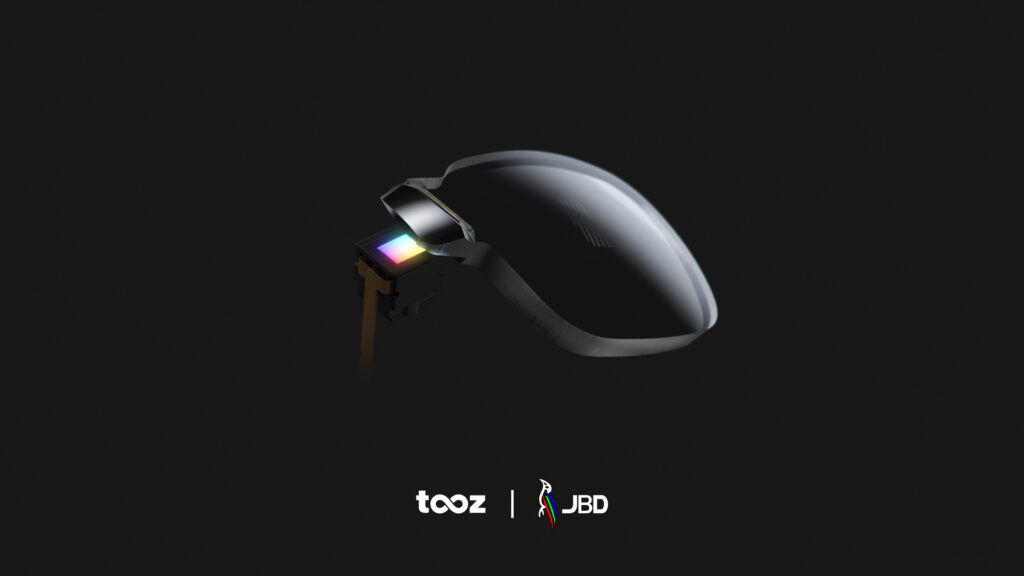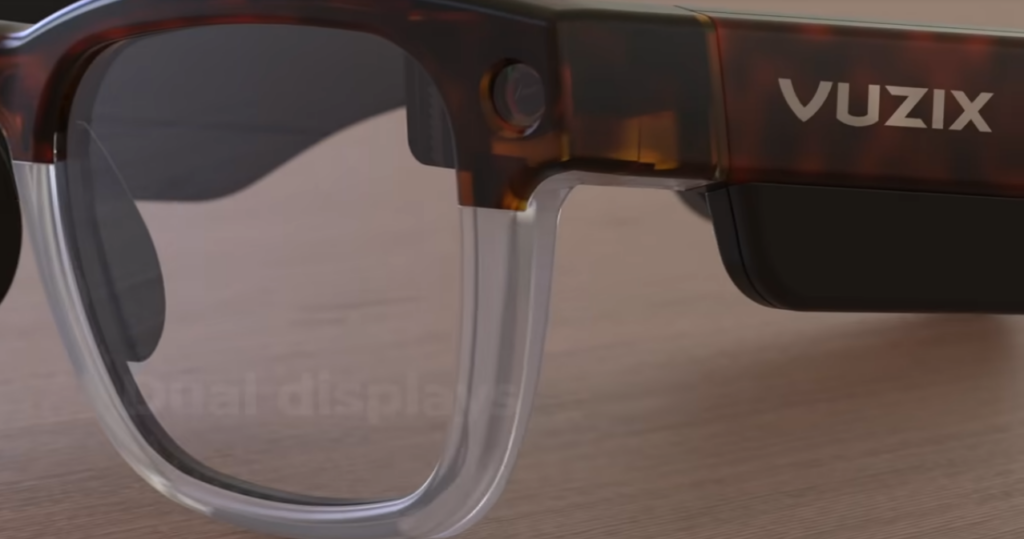Smart glasses get smarter

What happens when you put two superior optical technologies together? In the case of smart glasses you get bigger, brighter and less blurry. Kingsman-style smart glasses have been available for more than a year now but they typically have flat glass lenses which are difficult to adjust for the 50% of the adult population who […]
Micro-LED driven AR smart glasses

Augmented Reality (AR) glasses are now looking remarkably stylish. Forget bulky Virtual Reality (VR) headsets and piratical Google Glass. Optoelectronics company Vuzix (Rochester, NY) has announced a pair of stereo vision glasses offering a head-up display (HUD) of the smartphone in your pocket. Or car. Or back home, actually. CES 2021 (Jan 11-14), a consumer […]